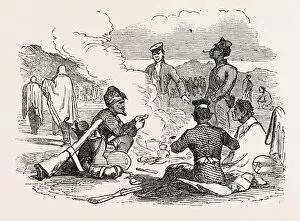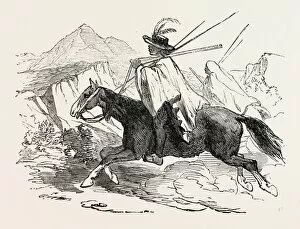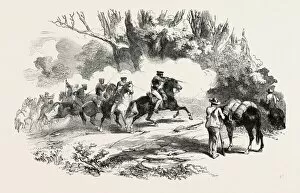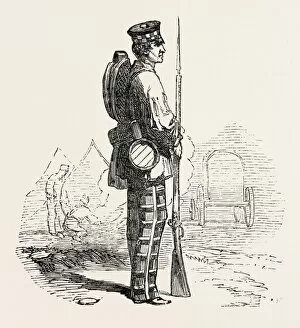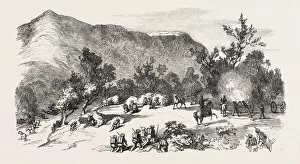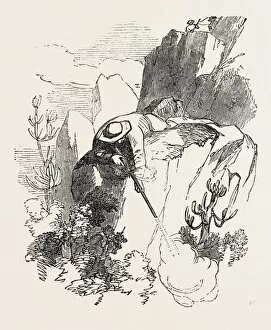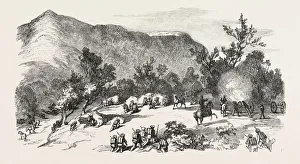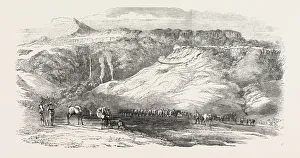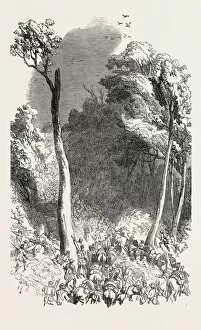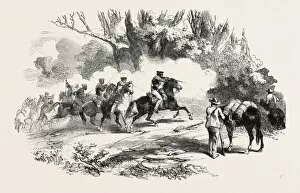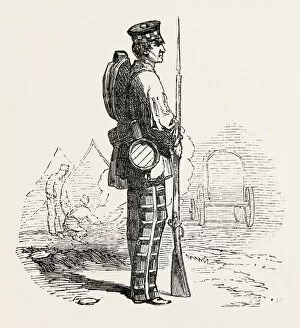Kaffir War Collection (page 2)
The Kaffir War, a dark chapter in South African history, left an indelible mark on the nation
All Professionally Made to Order for Quick Shipping
The Kaffir War, a dark chapter in South African history, left an indelible mark on the nation. Engravings depicting various aspects of this conflict provide glimpses into the brutality and complexity of the time. One such engraving portrays the Massacre of British Officers in Kaffirland. It serves as a grim reminder of the dangers faced by those who fought for colonial interests. Another engraving captures General Thesiger's Attack on the Rebel Chief Sandilli near King Williams Town, showcasing both sides' determination and strategic prowess. Amidst these scenes of violence, there are moments that reveal humanity's resilience. The Mess Table at Mount Kempt Camp depicts soldiers finding solace and camaraderie amidst chaos—a testament to their unwavering spirit. The Fingoes dancing their War Dance in Amusements in Camp engraving showcases cultural traditions that persisted despite war's devastation. These dances served as reminders of identity and strength during times of uncertainty. Governor Sir Bartle Frere leaving the Frontier is another poignant image from Reminiscences of the late Kaffir War series. It symbolizes leadership departing from a region ravaged by conflict—hopeful yet burdened with responsibility for reconciliation. Engravings like A Fingo Corps mustered before going into Bush highlight diverse groups mobilizing against a common enemy—an embodiment of unity forged through adversity. Transportation played a crucial role during this period; Sketches on Board Troop-Ship Nubian for the Kaffir War depict troops enduring long journeys to reach battlefronts while Transporting Troops for The Kaffir War shows logistical challenges faced by military forces operating in unfamiliar terrain. These engravings offer glimpses into an era marked by bloodshed but also resilience, cultural preservation, and collective action against oppression. They remind us to reflect upon our shared history while striving towards peace and understanding today.


